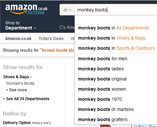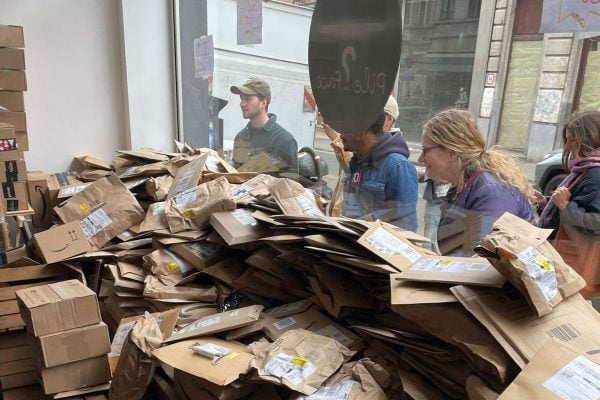Amazon have a number of fields you should be completing when adding a new product to their catalogue. Some are obvious such as the title and vital information, but one field which is worth spending a bit extra time on is the Keywords section.
Amazon’s keywords would perhaps be better renamed to ‘search strings’, i.e. phrases that a potential buyer might type into search results. These keywords enable you to capture a ton more traffic from Amazon search to get eyes on your listings so the more keywords strings you enter the better… so long as of course they are relevant to the product.
It is easy to fill out a ton of keywords without thinking about it too much, but thankfully there are loads of keyword tools on the market to help us find the most relevant. Tools like Google Keyword Planner are invaluable, but don’t forget that Amazon themselves can assist you.
If you search for anything on Amazon then their auto-complete function will try to guess what you might be looking for. This is a tool based on real searches by real buyers.
 If for example I’m selling a pair of boots and search Amazon for ‘Monkey Boots’, they’ll show me some suggested searches – these are the keywords I’m looking for. If Amazon show me these terms they’re going to show them to my potential buyers as well.
If for example I’m selling a pair of boots and search Amazon for ‘Monkey Boots’, they’ll show me some suggested searches – these are the keywords I’m looking for. If Amazon show me these terms they’re going to show them to my potential buyers as well.
Having searched on Amazon I now have ‘monkey boots for men’, ‘ladies monkey boots’, ‘monkey boots original’, ‘monkey boots women’, ‘monkey boots 1970’ and ‘monkey boots (brand)’ as keywords.
Don’t stop here however, another search for black boots suggests ‘black boots size 5’, ‘black boots size 6’ etc. Here’s another set of keyword strings for us. A few more searches and terms such as military boots and ankle boots start to appear.
Amazon allow an almost limitless number of keyword strings to be entered. Don’t forget that very time one of the keyword strings appears in Amazon’s search suggestions it’s clickable for the buyer. If a buyer is clicking on a search suggestion surely you want your product to be in the mix of products displayed?
As is always the case our advice would be to chase the money and start revising your Amazon listings for which you have the deepest inventory and the listings which generate the greatest number of sales. There’s little point spending your time editing the listing that sells one unit a month compared to the listing with 10 different sizes in four different colours that sells 100 units a month.










